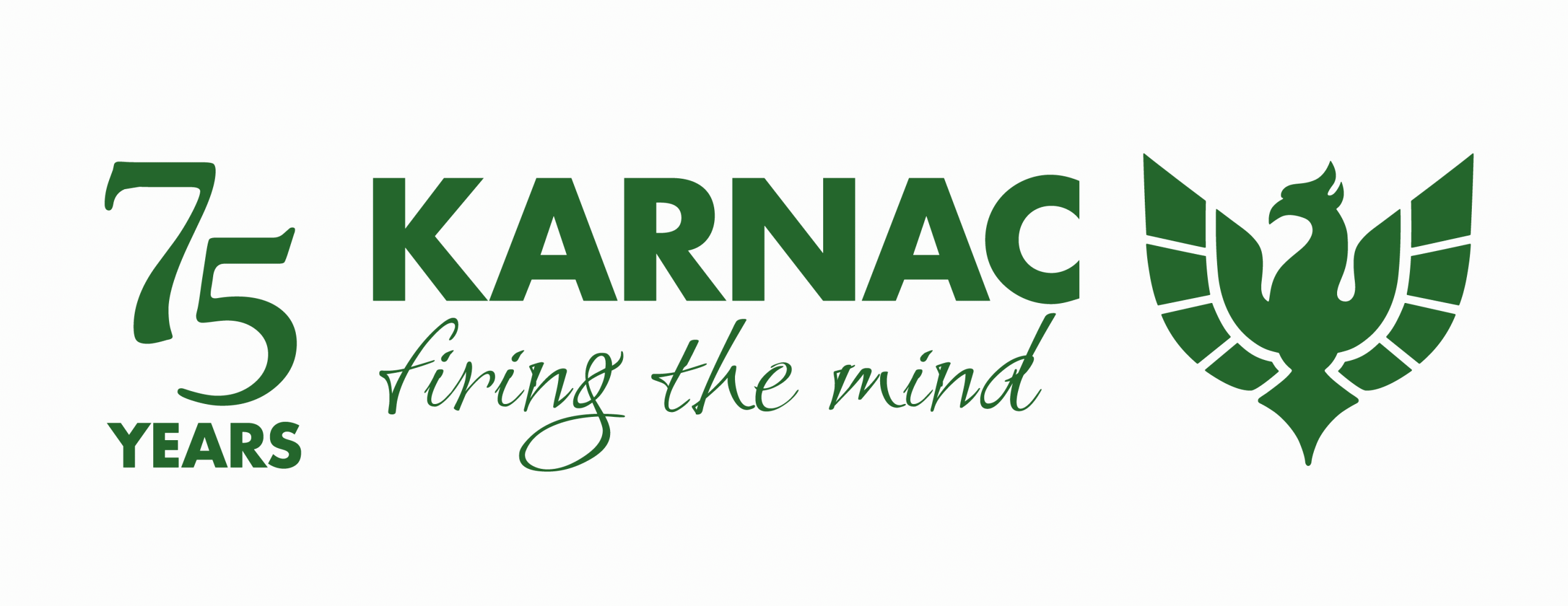
Paul J. Leslie is a psychotherapist, researcher, trainer, and author in Aiken, South Carolina. He specializes in resource directed approaches to working with individuals and families. He has a doctorate in Counseling Psychology and is presently the coordinator of the psychology program at Aiken Technical College, South Carolina.
His most recent book is Transforming Themes: Creative Perspectives on Therapeutic Interaction. Read on to learn more about the inspiration for its creation.
From my perspective, psychotherapy appears to be dominated by linear cause and effect approaches to change. The mechanistic, reductionist thinking that permeates the field concentrates on achieving clarity and certainty and believes that truth can be known by breaking down any complex system to its most basic parts (with the hope that these parts could then be examined and understood in simple cause and effect terms). Using this linear perspective in terms of human behavior, it is easy to reduce people’s thoughts, emotions, and behaviors to mere stimulus-response programming which can be magically altered with a specific therapy technique or theory.
 However, recent studies of the last decade have confirmed what many psychotherapy practitioners have privately known: In spite of the field being saturated with an excessive number of new therapies and theories, recent research has repeatedly confirmed that it is not the technique nor the theory that creates change in clients, but rather the interaction between therapists and clients (Imel & Wampold, 2015). If it is the systemic co-creation of the session by therapist and client(s) that matters the most, then I believe the psychotherapy field might need to revisit their fundamental assumptions about what is therapy and how it is performed. It slowly became obvious to me that effective therapy is more about the co-creation of healing interactions and contexts with clients and less about the implementing of pre-planned, standardized methods. I have found that when therapists allow for more spontaneity and creativity in their sessions, these healing interactions generally created new empowering themes in which both therapist and client could generate new possibilities and access positive resources. From this perspective, therapy became a process of improvisational construction rather than a rigid adherence to theoretical orthodoxy.
However, recent studies of the last decade have confirmed what many psychotherapy practitioners have privately known: In spite of the field being saturated with an excessive number of new therapies and theories, recent research has repeatedly confirmed that it is not the technique nor the theory that creates change in clients, but rather the interaction between therapists and clients (Imel & Wampold, 2015). If it is the systemic co-creation of the session by therapist and client(s) that matters the most, then I believe the psychotherapy field might need to revisit their fundamental assumptions about what is therapy and how it is performed. It slowly became obvious to me that effective therapy is more about the co-creation of healing interactions and contexts with clients and less about the implementing of pre-planned, standardized methods. I have found that when therapists allow for more spontaneity and creativity in their sessions, these healing interactions generally created new empowering themes in which both therapist and client could generate new possibilities and access positive resources. From this perspective, therapy became a process of improvisational construction rather than a rigid adherence to theoretical orthodoxy.
I define “themes” as the entrenched frames of references from which clients perceive their lives. These frames can be thought of as the rules of operation which determine how individuals and groups act and react to their world. In any interaction, each participant has a worldview that is unique to him or her. These themes have the tendency to be recursive and will continue to solidify the initial frame setting as new experiences occur. When clients come to therapy, they bring their problems in the form of a theme. For example, “the woman who can’t forgive” or “the child who is a terror.” Any attempt to solve a problem within the same theme that clients bring with them to therapy will only aid in continuing the same problematic theme. Any potential statement or action performed within a “problem” theme only strengthens the problem. This is one reason strict, linear therapy applications can often be ineffective in facilitating healing due to these approaches’ attempts to solve clients’ problems within the problem theme. It is only when the theme of the therapy session has changed that clients can gain access to resources which can assist in personal change.
Reference
Wampold, B. E., & Imel, Z. E. (2015). The Great Psychotherapy Debate: The Evidence for What Makes Psychotherapy Work. New York: Routledge.

